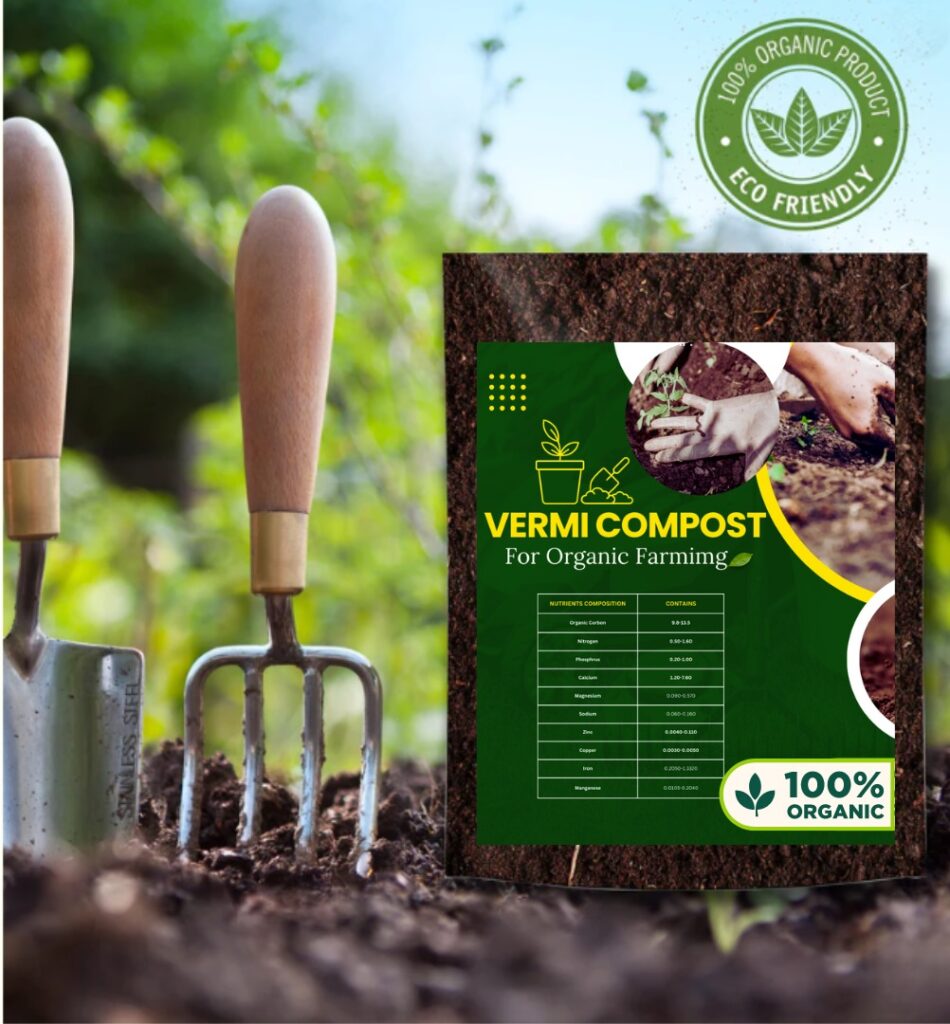Per kilogram of emulsifiable concentrate, GHARDA Hamla 550 Insecticide contains 500 g of chlopyriphos, an organophosphrous compound, and 50 g of cypermethrin, a synthetic pyrethoid.
In this article you’ll be informed about the following information about Hamla insecticide:
- Technical content
- Chemical composition
- Mode of action
- Hamla insecticide uses
- What is meant by systemic insecticide?
- Hamla insecticide dosage
- Hamla insecticide application
- The points that should be kept in mind while doing so.
- Precautions to follow during Hamla application.
- Antitode
Technical Content :
Chlorpyriphos 50% + Cyprmethrin 5% EC
Chemical composition:
Chlorpyrifos
Cypermethrin
Emulsifier A-(Blend of anionic & non ionic) (Blend of calcium salt of alkyl benzene sulfonic acid & poly ethoxy ether of nonyl phenol) Emulsifier B-(Blend of anionic & non ionic) (Blend of calcium salt of alkyl benzene sulfonic acid & polyethanoxy propoxy ether of fatty alchohol) Aromatic hydrocarbon solvent-Aromax
Mode of action
By interfering with the nervous system’s regular operation, the broad-spectrum insecticide chlorpyrifos instantly kills insects upon contact.The neurotransmitter acetylcholine (ACh), which is broken down by chlorpyrifos, has an effect on the neurological system. Chlorpyrifos binds to the cholinesterase (ChE) enzyme’s active site when exposed to insects, stopping the enzyme from degrading ACh in the synaptic cleft.The overstimulated neuronal cells as a result of the ACh buildup in the synaptic cleft eventually die due to neurotoxicity. Malathion and parathion, two more organophosphate insecticides, and chlorpyrifos all have similar harmful mechanisms, hence they cannot be used to control populations of insects that are resistant to these substances.
Hamla insecticide uses
A Systemic pesticide called Hamla is made to work by direct touch, ingestion, and inhalation.When using pesticides, read and abide by the label instructions at all times. Apart from agriculture it can also be used in other ways. Hamla is used to treat non-structural wood, including processed wood products, fence posts, utility poles, cattle ear tags, golf course turf, industrial sites, cars, and to manage public health pests including mosquitoes and fire ants. Only baits in containers are permitted for indoor residential usage of hamla. Individual items containing chlorpyrifos have a wide range of uses.
What is meant by systemic insecticide?
The term “systemic” is used to describe pesticides that are water-soluble enough to be absorbed by plants and transported throughout their tissues. Like all transportable compounds in plants, systemic insecticides are mostly moved through the vascular system of the plant, which includes the phloem and xylem.
Hamla insecticide dosage
350 -400ml/acre, 2ml/liter water
Major Crops:
Cotton,Pigeon peas, Paddy, Vegetables, Chickpeas, Soyabean.
Target Pests:
Aphids, stem borers, jassids, thrips, bollworms, leaf folders, Pink bollworms, whitefly, Spotted Bollworms, etc.
Hamla insecticide application
Spraying.Water and the necessary amounts of the pesticide mixture are combined to create the spray solution. Hydraulic nozzles are used to spray this dilute mixture. Typically, the spraying reaches the point when leaves begin to drip. This technique uses a significant amount of spray liquid.
The application must be done by spraying and the following should be kept in mind while doing so:
- Chemical should be sprayed on days with low wind speeds. It might be removed too rapidly if it’s raining.
- The chemical must be used exactly as directed by the product’s instructions. A lower dose could not be helpful, while a higher dose might be damaging to the plants.
- To keep the spray’s direction away from the body, a person applying pesticides should stand with the wind in their favor and wear safety gloves, a mask, goggles, and a garden apron.
Precautions to follow during Hamla application:
- Stay away from food, empty food containers, and animal food.
- Keep your hands away from your lips, eyes, and skin.
- Refrain from breathing in the spray mist. spray in the wind’s direction.
- After spraying, wash the contaminated clothing and body parts in great detail.
- Avoid smoking, drinking, eating, and chewing gum while spraying.
- When combining and spraying, wear full protective clothes.
Why people use insecticides?
Pesticides are used to manage a variety of pests and disease carriers, including rats, mice, ticks, mosquitoes, and tick-borne diseases. In agriculture, pesticides are employed to manage weed growth, insect infestation, and disease.
Antitode:
Immediately atropinize the patient and keep them there for hours by giving them frequent doses of 2-4 mg at 5- 10 minute intervals. The persistence of the symptoms indicates the necessity for more atropine treatment. It’s possible to need 25–50 mg each day. When changing the atropine dosage, it is helpful to consider how much saliva is produced. Mix 1-2 mg of 2-PAM with 10 cc of distilled water, then administer intravenously over the course of 10 to 15 minutes.
FAQs
Q.When should you apply an insecticide?
Ans.In the morning or evening, when it is colder outside, spray insecticides. Treatments applied early in the day help foliage to dry before temperatures rise to 85 to 90 °F. Use insecticides with oil in a specific manner and with prudence.
Q.What is the price of Hamla insecticide?
Ans. For more information on Hamla insecticide please visit our website https://khetkidawai.com/



